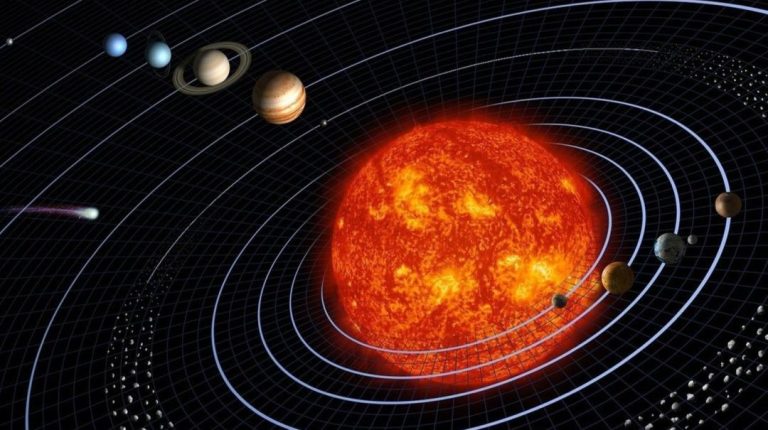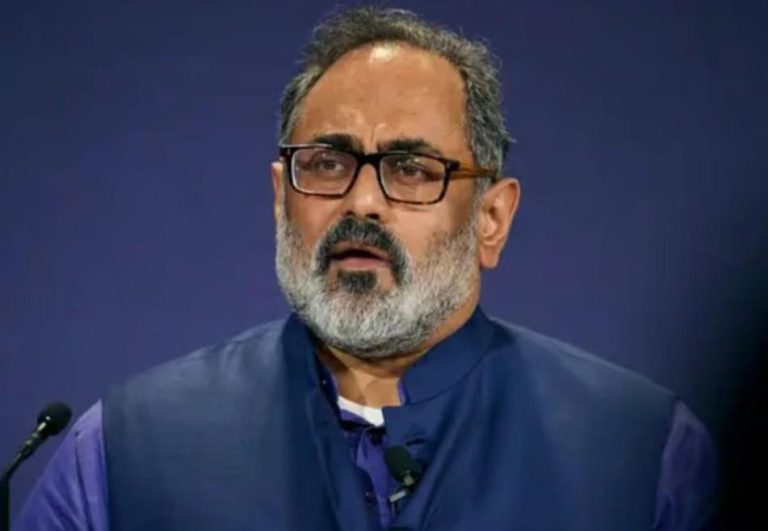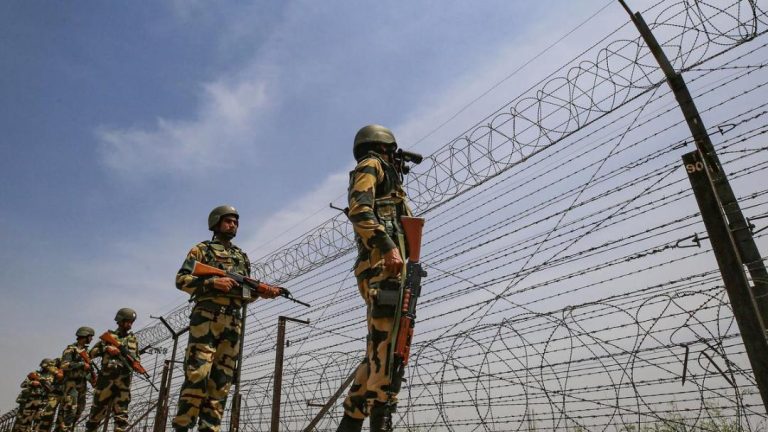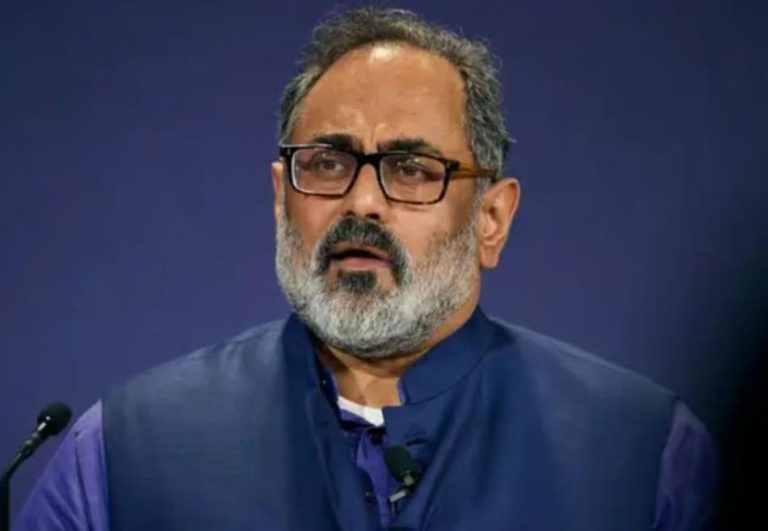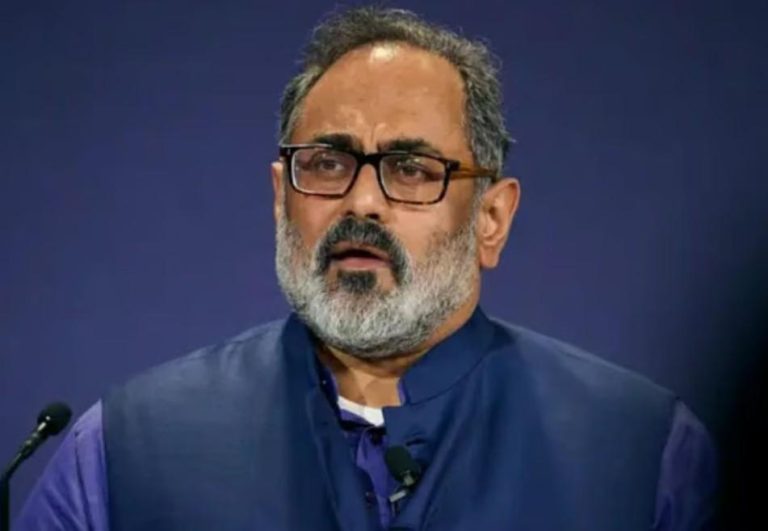
Global Weather Patterns Intensify India’s Extreme Weather
India, a country known for its diverse climate, has been experiencing an increasing number of extreme weather events in recent years. From scorching heatwaves to severe droughts, the country has been grappling with the consequences of climate change. A recent study has shed light on the role of global weather patterns in exacerbating these extreme weather events in India.
According to the study, global phenomena such as El Niño and the Indian Ocean Dipole (IOD) play a significant role in shaping India’s weather patterns. El Niño, a warming of the Pacific Ocean, can lead to droughts in India, while the IOD, a cooling of the Indian Ocean, can cause heavy rainfall and flooding. When these global patterns converge, they can have devastating consequences for the country’s agriculture and water supplies.
The study analyzed temperature and weather data from 1951 to 2018 and found that compound disasters, exacerbated by climate change, pose significant risks to India’s agriculture and water supplies. The data revealed that the number of heatwaves and droughts in India has increased significantly over the past few decades, with 2018 being one of the hottest years on record.
The study also found that the frequency and severity of heatwaves and droughts in India are not independent events, but are often linked. For example, a heatwave can lead to droughts by reducing soil moisture, which can in turn exacerbate the heatwave. This feedback loop can have catastrophic consequences for agriculture and water supplies.
The study’s findings have significant implications for India’s weather forecasting and disaster preparedness. By understanding the role of global weather patterns in shaping India’s extreme weather events, meteorologists can improve their forecasting capabilities and provide more accurate warnings to the public.
The study’s lead author, Dr. Ramesh Singh, said, “Our research highlights the need for a more nuanced understanding of the complex relationships between global weather patterns and India’s extreme weather events. By better understanding these relationships, we can improve our forecasting capabilities and provide more effective warnings to the public.”
The study’s findings are particularly relevant in the context of climate change. As the planet warms, extreme weather events are becoming more frequent and severe, and India is particularly vulnerable to these events. The study’s authors argue that climate change is exacerbating the impacts of global weather patterns on India’s weather, making it even more important to understand these relationships.
The study’s recommendations for improving forecasting and disaster preparedness include:
- Developing more sophisticated climate models that can better capture the relationships between global weather patterns and India’s extreme weather events
- Increasing the frequency and accuracy of weather forecasts, particularly for areas prone to extreme weather events
- Developing early warning systems that can detect the onset of extreme weather events and provide timely warnings to the public
- Improving the resilience of agriculture and water supplies to extreme weather events
In conclusion, the study’s findings highlight the critical role of global weather patterns in shaping India’s extreme weather events. By better understanding these relationships, India can improve its weather forecasting and disaster preparedness, and reduce the impacts of extreme weather events on its agriculture and water supplies.

